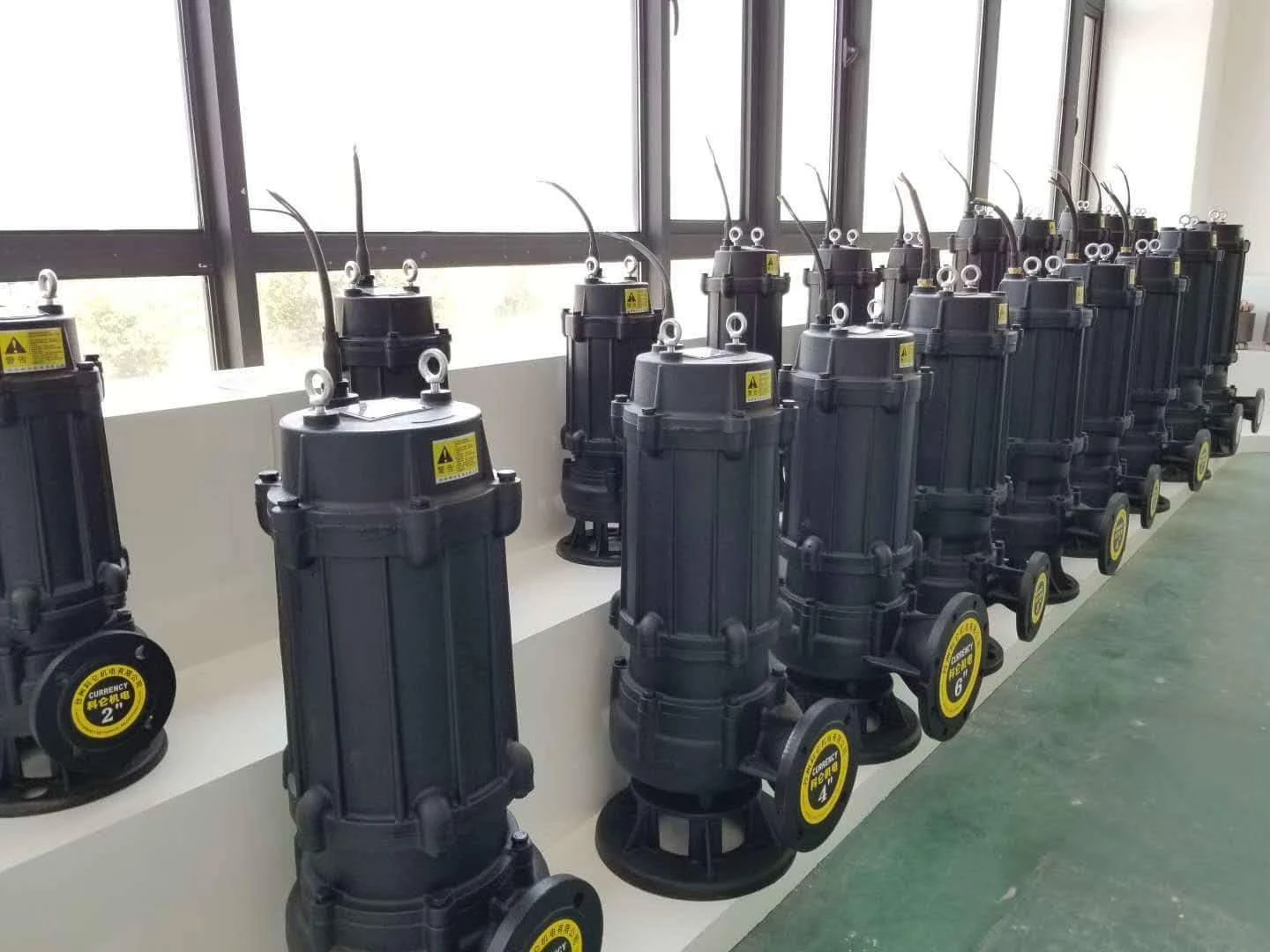Albanian
- Afrikaans
- Albanian
- Amharic
- Arabic
- Armenian
- Azerbaijani
- Basque
- Belarusian
- Bengali
- Bosnian
- Bulgarian
- Catalan
- Cebuano
- Corsican
- Croatian
- Czech
- Danish
- Dutch
- English
- Esperanto
- Estonian
- Finnish
- French
- Frisian
- Galician
- Georgian
- German
- Greek
- Gujarati
- Haitian Creole
- hausa
- hawaiian
- Hebrew
- Hindi
- Miao
- Hungarian
- Icelandic
- igbo
- Indonesian
- irish
- Italian
- Japanese
- Javanese
- Kannada
- kazakh
- Khmer
- Rwandese
- Korean
- Kurdish
- Kyrgyz
- Lao
- Latin
- Latvian
- Lithuanian
- Luxembourgish
- Macedonian
- Malgashi
- Malay
- Malayalam
- Maltese
- Maori
- Marathi
- Mongolian
- Myanmar
- Nepali
- Norwegian
- Norwegian
- Occitan
- Pashto
- Persian
- Polish
- Portuguese
- Punjabi
- Romanian
- Russian
- Samoan
- Scottish Gaelic
- Serbian
- Sesotho
- Shona
- Sindhi
- Sinhala
- Slovak
- Slovenian
- Somali
- Spanish
- Sundanese
- Swahili
- Swedish
- Tagalog
- Tajik
- Tamil
- Tatar
- Telugu
- Thai
- Turkish
- Turkmen
- Ukrainian
- Urdu
- Uighur
- Uzbek
- Vietnamese
- Welsh
- Bantu
- Yiddish
- Yoruba
- Zulu
Telephone: +86 13120555503
Email: frank@cypump.com
Nën . 20, 2024 13:27 Back to list
non clog sewage submersible pump
The Importance of Non-Clog Sewage Submersible Pumps
In the realm of wastewater management, the importance of an effective pumping solution cannot be overstated. Among various types of pumps available, non-clog sewage submersible pumps stand out as a crucial component in maintaining hygiene and efficient wastewater disposal. These pumps are specifically designed to handle the demanding requirements of sewage pumping without the risk of blockage, making them ideal for municipal, industrial, and residential applications.
Understanding Non-Clog Sewage Submersible Pumps
Non-clog sewage submersible pumps are engineered to operate underwater, allowing them to effectively transport sewage and other wastewater materials without the need for a dry well. Unlike traditional pumps, which can become jammed by solids and debris, non-clog pumps feature a unique impeller design that minimizes the risk of obstruction. This design is critical, particularly in environments where the wastewater contains a significant amount of solid waste, fibrous materials, and other debris.
Key Features and Benefits
One of the standout features of non-clog sewage submersible pumps is their robust construction
. They are typically made from durable materials such as cast iron or stainless steel, which enhance their resistance to corrosion and wear. This durability ensures a longer lifespan, making them a cost-effective choice for long-term use.Another advantage of these pumps is their efficiency. They are capable of handling high flow rates and can effectively manage varying liquid levels. This is particularly beneficial in situations where wastewater fluctuates due to rainfall or other factors. The submersible design allows for easy installation in wet conditions and reduces installation costs associated with dry pit systems.
non clog sewage submersible pump

Moreover, non-clog sewage submersible pumps are often designed for energy efficiency. Many modern models come equipped with variable frequency drives (VFDs) that allow for adjustments in pump speed based on demand. This feature not only conserves energy but also decreases operational costs over time.
Applications
The applications of non-clog sewage submersible pumps are extensive. They are widely used in municipal sewage treatment facilities, where they transport wastewater from collection systems to treatment plants. Industrial sites also rely on these pumps for managing wastewater from manufacturing processes, while residential areas benefit from submersible pumps in basements and sewage lift stations.
Additionally, during emergencies such as floods, non-clog pumps can assist in dewatering efforts, helping to protect properties and infrastructure. Their ability to handle high solids concentration makes them particularly suited for these challenging conditions.
Conclusion
In conclusion, non-clog sewage submersible pumps play a pivotal role in effective wastewater management. Their unique design addresses the common challenges of clogging found in traditional pumping solutions, ensuring reliable operation in demanding environments. With advancements in technology enhancing their efficiency and durability, these pumps are indispensable in protecting public health and maintaining sanitation standards across various sectors. Investing in a non-clog sewage submersible pump is a proactive step towards efficient waste management and environmental sustainability.
-
Heavy-Duty Mining Sludge Pumps - Wear-Resistant Slurry Handling
NewsAug.02,2025
-
Horizontal Split Case Pump with GPT-4 Turbo | High Efficiency
NewsAug.01,2025
-
ISG Series Pipeline Pump - Chi Yuan Pumps | High Efficiency, Durable Design
NewsAug.01,2025
-
Advanced Flue Gas Desulfurization Pump with GPT-4 Turbo | Durable & Efficient
NewsJul.31,2025
-
ISG Series Vertical Pipeline Pump - Chi Yuan Pumps | Advanced Hydraulic Design&Durable Construction
NewsJul.31,2025
-
ISG Series Vertical Pipeline Pump - Chi Yuan Pumps | Energy Efficient & Low Noise
NewsJul.31,2025










